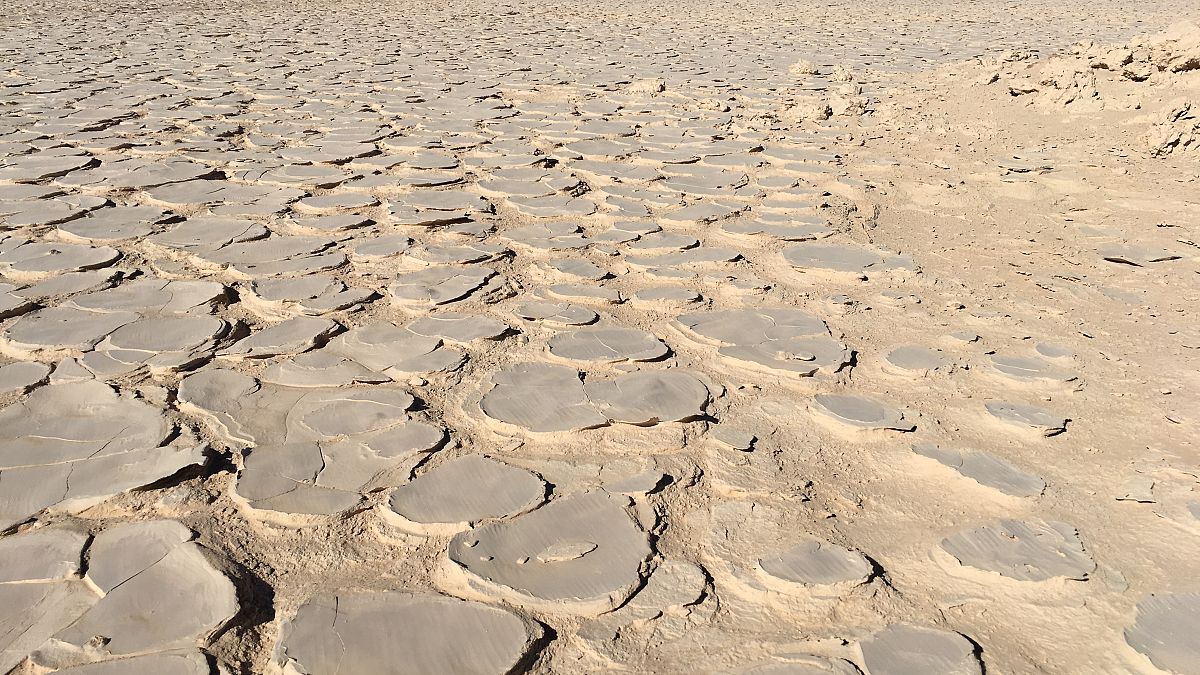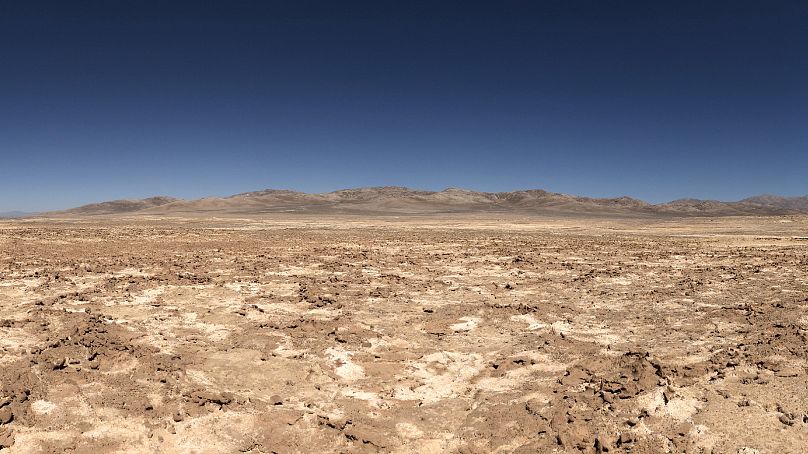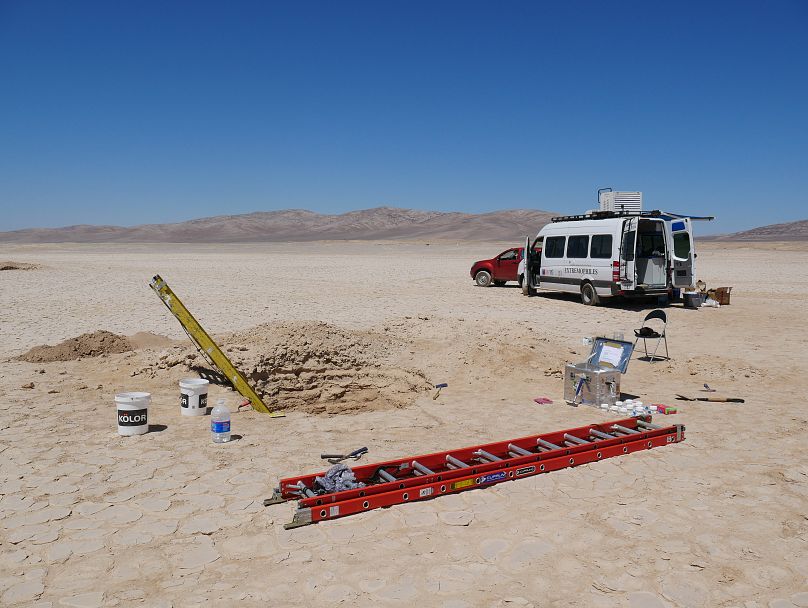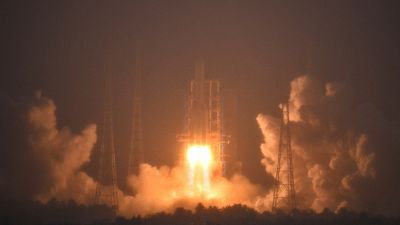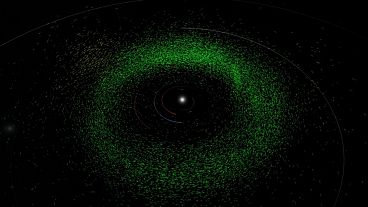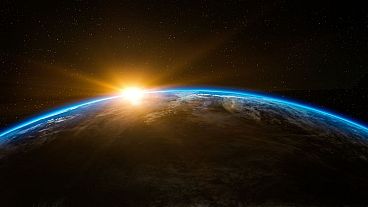The scientists said the finding of microbes in sediments that resemble those on Mars could have implications for the search for life on other planets.
When you look around the Atacama Desert, one of the driest places on Earth, it resembles what you would imagine Mars to be like.
That’s according to Lucas Horstmann, a researcher who travelled there in 2018 to search for microorganisms.
That research team now says they have detected viable microbes - organisms that are too small to see without a microscope - up to 4.2 m beneath the hyperarid Chilean desert, with possible implications for desert biodiversity and the search for life on Mars.
The 105,000 square km Atacama Desert has extremely harsh conditions, with NASA even performing experiments there as it’s one of the most "Mars-like places" on the planet.
Researchers from the GFZ German Research Centre for Geosciences, TU Berlin, and the University of Antofagasta, Chile, wanted to see if microscopic organisms could live in its deep soils.
They published their findings last week in the journal PNAS Nexus.
The study "pushes the envelope for environmental tolerance" to conditions that are closer to what may have existed on Mars today or in the past, according to Oliver Shorttle, a University of Cambridge professor who works in the astronomy and earth sciences departments.
Shorttle, who was not involved in the study, added the research looks "at life that's potentially beginning to rely on other sources of energy," such as what is in sediments.
"It's increasing the range of environments in which life demonstrates it’s capable of finding a mechanism to sustain itself," he added.
'Digging holes in the desert'
To find the microbes, researchers took samples in the desert every 10 cm down to a depth of 3 m and then took samples every 30 cm.
"It's super difficult digging holes in the desert, especially if you go down to the alluvial fan deposits [fan-shaped deposits from water], in the deeper section of the profile because it's just so hot. The soil is full of crystals and gypsum crystals," said Horstmann, a PhD student at the GFZ German Research Centre for Geosciences in Potsdam and first author of the study.
"It took several weeks to dig this hole," he said, adding that at the end of the day, the researchers could feel the impact of the UV radiation on the skin.
The samples were analysed using a special method to extract only the DNA from potentially active cells, which helps them to look for microbes in extreme environments.
In the upper 80 cm of the soils, the team found Firmicutes phylum microbes, but with increased depth and salt, the number of these microbes decreased, in line with other studies.
But the team also identified viable microbes up to a depth of 4.2 m, with bacteria known as Actinobacteriota 2 m and below.
"This is opening a completely new habitat for microorganisms that was previously unknown," said Horstmann, adding that usually at least up to 1 m, microbial life ceases due to "harsh conditions and the limited water supply".
But after 2 m, they encountered a microbial community which was "really surprising".
This diverse community may be present in other deserts on Earth too, which would have "implications on global biodiversity of microorganisms and soil," added Horstmann.
The microbes in the deeper parts of the sediment are also very different from the upper part of the soil, meaning that they may have been colonised before the flat playa sediments on top were deposited 19,000 years ago.
What does this mean for the search for life on Mars?
For Horstmann, the research provides "further evidence that microorganisms can inhabit niches which are extreme and isolated where they can thrive".
"The subsurface of Mars is often proposed to be a habitat for microbes, and this is what we exactly see in this desert here on Earth," he said.
The researchers also suggest that the microbes could be related to the presence of gypsum, which is calcium sulphate with water crystals and could be an alternate water source. This represents a similar sedimentary environment as that on Mars.
"The conditions are not as extreme as on Mars, but it's the same pattern. There are harsh conditions on the surface, no water, and high UV radiation, and then you go deeper and find gypsum also present on Mars," said Horstmann.
In a statement, they added that gypsum deposits on Mars could indicate the presence of liquid water in the past and be a possible habitat for microbes today.
Shorttle at Cambridge explains that the search for life in the solar system, on exoplanets and beyond is "rooted in the search for water," so it becomes important to understand how life tolerates extreme environments such as a desiccated planet or one entirely covered by water.
Studying life’s tolerance of different water environments is "important for really understanding what the envelope of habitability is," he added.
"What is not clear is that life could ever originate in an environment such as this," Shorttle said because it would be unlikely to go from a "dead pond" to something that contains biology as that would require "an abundant source of nutrients and light…none of which are abundant in a kind of dark, arid subsurface environment".
But it supports one hypothesis that if you have life already, it can adapt to harsh conditions.
"Once you've got that life, it is adaptable to environmental change so it can follow the habitable conditions down into the subsurface if that's where they end up as the surface dries up and becomes inhospitable," he said.
This story has been updated.
